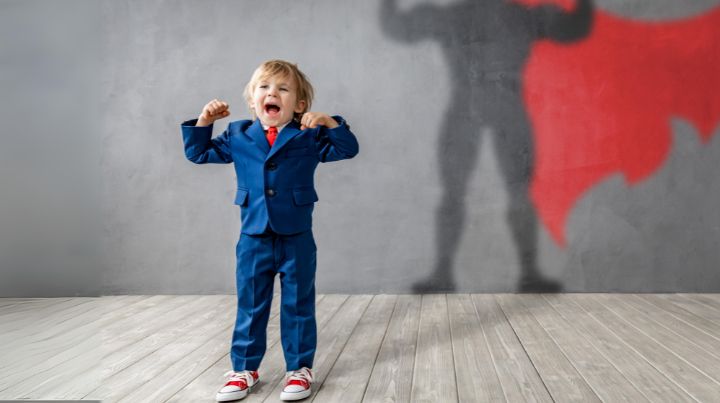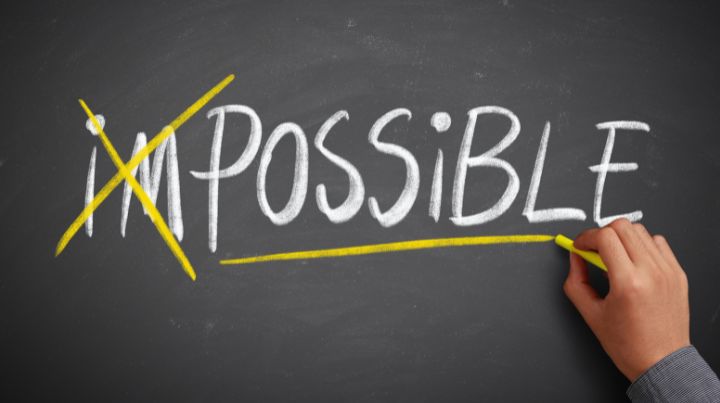How to Teach Children About Preparedness


Podcast: Play in new window | Download
When it comes to preparedness, one of the most critical tasks we face is passing that knowledge down to the next generation. However, this isn’t always easy—especially when it involves talking to kids about emergencies. You want them to be aware and ready, but the last thing you want is to instill fear or anxiety about the world around them. So, how do we strike the right balance?
1. Start with the Basics
The key to teaching children about preparedness is simplicity. Start with the basics—why being ready for the unexpected is important. Use examples that they can relate to, such as a power outage or a storm. You can explain it by saying, “Just like we wear a seatbelt in the car to keep us safe, we also do things at home to stay safe if there’s a big storm or the power goes out. It’s all about being ready so we don’t have to worry.”
2. Make It a Family Activity
Involving children in the preparedness process is an excellent way to teach them without causing fear. Turn it into a family activity. For instance, you can build an emergency kit together, letting them choose items like snacks, flashlights, or even a favorite toy. This not only teaches them what’s needed but also gives them a sense of control and comfort, knowing they have their own special things ready.
Another idea is to practice different scenarios as a game. You might set up a pretend scenario like a treasure hunt where they find the items they’d need if the power went out. Keeping the experience light-hearted while teaching important skills helps children learn without fear.
3. Focus on Empowerment, Not Fear
It’s crucial to frame preparedness as something empowering, not frightening. Highlight that being prepared means they can take care of themselves and their family, no matter what happens. You could explain it by saying, “When we’re prepared, we’re like superheroes—we’re ready for anything!”
Avoid using scary language or focusing on worst-case scenarios. Instead, keep the conversation positive and solution-focused. For example, when discussing a storm, emphasize how staying inside with a flashlight helps you see in the dark, rather than dwelling on the dangers of the storm itself.
4. Answer Questions Honestly but Gently
Kids are naturally curious and will likely have questions about what you’re teaching them. Answer their questions honestly, but be mindful of how much detail you provide. You want to be truthful without overwhelming them with information they may not be ready for. For instance, if they ask why you need an emergency kit, you might say, “It’s just in case we can’t go to the store for a while. This way, we have everything we need right here at home.”
5. Reinforce Preparedness Through Routine
Finally, make preparedness a regular part of your family’s routine. You can teach small preparedness habits like teaching them to brush their teeth or tie their shoes. Perhaps it’s checking the emergency kit together once a month or talking about what to do in different situations during dinner. The more routine these activities become, the less likely they associate preparedness with something scary.
By integrating preparedness into their daily lives, you’re helping your children develop the skills and mindset they need to face the unexpected with confidence, not fear. These lessons will stick with them as they grow, making them more resilient and capable adults.
So next time you’re working on your preparedness, take a moment to involve the kids. Teach them the importance of being ready in a way that’s as empowering as practical.

Mindset: Expect the Unexpected and Plan for the Impossible
My bio father, Ken Slyder, who served in special operations in Vietnam and later with the CIA, often said, “Expect the unexpected and plan for the impossible.” This mindset is critical for handling emergencies and living a life with peace and preparedness.
Expect the Unexpected
Expecting the unexpected means acknowledging that we may be impacted by things we never anticipated. By expecting the unexpected, you make the unforeseen… well, expected.
You might wonder, “How do I prepare for something I can’t predict?” The answer is straightforward: prepare holistically. Ensure that, no matter what happens, you can meet your needs and as many of your wants as possible. Instead of focusing on individual issues, concentrate on your overall goals.
For instance, the steps you take to evacuate your home are similar, regardless of the reason. Your need for shelter, water, and food remains consistent. By preparing holistically—focusing on what you need and want—you’ll be ready to tackle most of the challenges life throws your way.
Imagine an unexpected expense drains your bank account. No problem—you’ve put food aside and have enough extras, so you don’t need to spend money at the store for a while. Stuck in traffic while picking up the kids? No problem. You know, alternative routes are available because you’ve done a bit of research. Need to evacuate in the middle of the night due to a nearby fire? No problem—you pre-packed overnight bags months ago and know several ways to navigate the issue, making it a stress-free drive to your sister’s place.
Plan for the Impossible
The second part of this mindset—planning for the impossible—can seem daunting. How do you prepare for something that seems beyond the realm of possibility? When you take the time to plan for the impossible, you’re not just covering extreme situations; you’re building resilience in your everyday life.
Embracing the Possibility of the Impossible
Start by accepting that the impossible isn’t impossible but highly unlikely. Yet, as we’ve all seen with events like COVID, natural disasters, or even sudden job losses, the unlikely can happen. While you can’t predict these events, you can certainly prepare for them.
Thinking Beyond the Obvious
Planning for the impossible means thinking beyond the obvious. Imagine scenarios that stretch your current understanding of what could happen and ask yourself, “What would I do if…?”
For example, most people prepare for common issues like a power outage. But what if you couldn’t return to your home for weeks due to a natural disaster? Where would you go? What would you need? By planning for extreme scenarios, you prepare for rare events and become more adaptable and flexible when facing smaller challenges.
Creating a Flexible and Adaptable Plan
When planning for the impossible, you’re not just crafting a single plan for a scenario. You’re developing a framework that can adapt to various situations. This kind of planning isn’t about having a rigid checklist for every event—it’s about creating a versatile approach that can be adjusted as needed.
Let’s say you’ve planned for the possibility of evacuating your home. In doing so, you’ve packed essential documents, identified safe places to stay, and set up an emergency fund. You’ve also thought through less obvious scenarios: What if the roads are blocked? What if communication networks go down? What if you can’t return home for an extended period?
By considering these extremes, you’ve created a plan that’s useful for a worst-case scenario and can be scaled down for less severe situations. You’re prepared to evacuate, but you’re also prepared for a long road trip, an extended stay away from home, or even a temporary disruption in your routine. The same principles apply to financial planning, health emergencies, and career changes.
The Peace of Mind in Being Ready
Planning for the impossible doesn’t mean living in fear. It’s about gaining peace of mind. When you know you’ve thought through the most extreme scenarios—when you expect the unexpected and plan for the impossible—you can approach life confidently, knowing you’re ready for whatever comes your way. You’re not blindsided by the unexpected because you’ve already considered it and made a plan.
This mindset isn’t about paranoia or pessimism. It’s about practical optimism. It’s the belief that while you can’t control everything, you can control how you respond. And that response is rooted in your preparedness—mentally, physically, and emotionally.
The Bottom Line
When you combine these two ideas—expecting the unexpected and planning for the impossible—you equip yourself with a mindset ready for anything. You’re not just reacting to what happens; you’re proactively shaping how you deal with life's challenges. And in the world of preparedness, that mindset is invaluable.
I encourage you to adopt this mindset as you think about your preparedness journey. Start by expecting the unexpected—acknowledge that surprises will happen and prepare for them. Then, take it a step further and plan for the impossible. Consider those outlier scenarios, and prepare in a way that builds flexibility and resilience into your life.
By doing this, you’re not just preparing for emergencies—you’re setting yourself up to thrive, no matter what the future holds.
Additional Resources
- Long-Term Disaster Considerations for Families with Children
- Bug-Out Bags for College Students
- Planning for Special Needs in Preparedness: A Helpful Guide
Stay safe,

Related Articles
FREE Guide
Read the Best Seller
Join Mind4Survival
Stay informed by joining the Mind4Survival! 100% Secure! 0% Spam!
Affiliate Disclosure...
Mind4Survival is a free, reader supported information resource. If you make a purchase through our link, we may, at no cost to your, receive an affiliate commission.
Do You Want To Be Ready No Matter What?

Download our free 39-page guide with interactive, 7-Day Emergency Kit Checklist and take the first step toward real preparedness.
- Know exactly where to start.
- Save time and money.
- How-to build a complete Basic Emergency Kit.
- Level up your safety and security.
Join Mind4Survival
Stay informed by joining the Mind4Survival! 100% Secure! 0% Spam!






